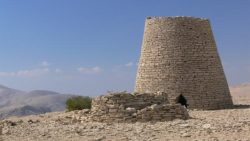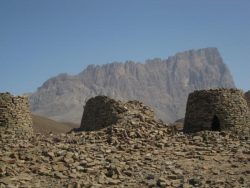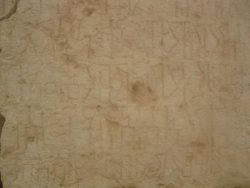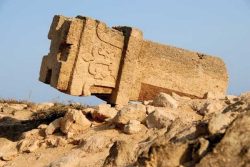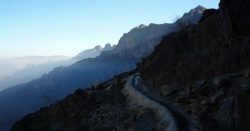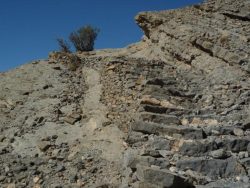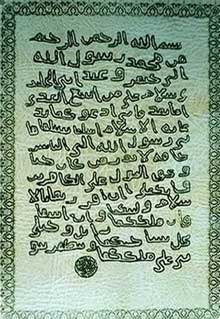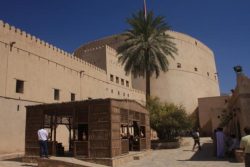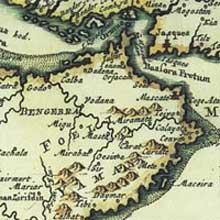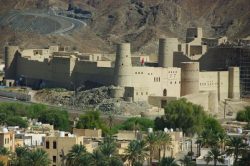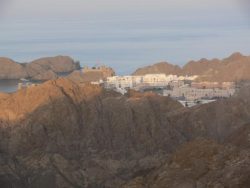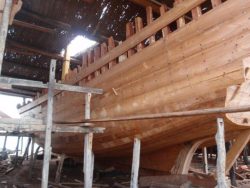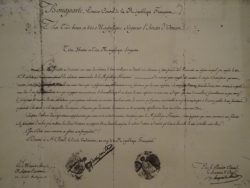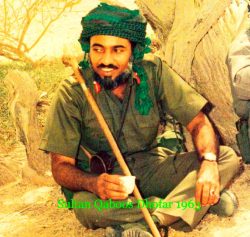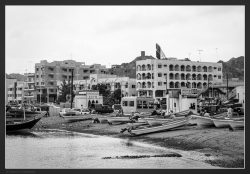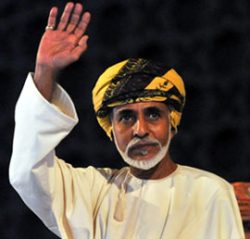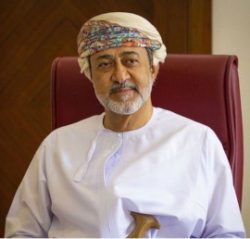History
ANTIQUITY
During Antiquity, Oman was in relation with the 3 first great civilizations (Egypt, Mesopotamia, and Indus Valley). Between 2600 and 2000 B.C., a civilization called Umm An Nar develops in Northern Oman. Many remainings are still to be seen from that era, especially the so-called beehive tombs. Some historians think it might be the land of Magan, mentioned in Mesopotamian literature.
Actual Dhofar is sometimes seen as the Land of Punt (meaning « Land of Gods »), mentioned in Egyptian hieroglyphs. Later (VIII B.C. – VI A.D.), Dhofar was part of the so-called south Arabic civilization: several kingdoms sharing many common points, especially the same writing system. This region was probably part of the kingdom of Hadramout. It was described by Greek and Latin travelers as Arabia Felix.
PERSIAN OCCUPATION
Northern Oman was part of the Persian Empire around 500 B.C. We believe they built many paths (some still visible in the mountain) and introduced the “falaj” system for irrigation.
ISLAMIC PERIOD
Oman is proud to have entered Islam during the life of the Prophet Mohamed willingly.
In 751, the first Ibadhi Imam was elected in Nizwa. The Ibadhi Imamate is a religious and political system based on election. Its flexible organization allowed it to continue despite times of foreign occupation or dynastic developments.
In the 9th century, the Al Yahmadi tribe played a predominant role.
In the 11th and 12th centuries, Oman was under Seldjouk rule.
In 1154, local Al Nabhani dynasty takes control of Oman and ruled with the title of King almost continuously until 1470. They had their capital in Bahla and are at origin of the actual architecture of the fort.
During this era (and probably also during the antiquity), Omanis, Persians, Yemenis, and Egyptians, take part to the maritime trade in the Indian Ocean: using Monsoon’s winds they were following a yearly cycle to Africa, India, and back.
THE PORTUGUESE
At the beginning of the 16th centuries, the Portuguese went through the Cape of Good Hope and reached the eastern African coast. The legend says that Ibn Majid, the most famous Omani sailor, guided the Portuguese to India.
Some years later, they came back, with the knowledge they learned from Arab sailors and European boats which were better armed than Arabic ones.
They quickly dominated the trade on the Indian Ocean. They took advantage of the divisions among Omani tribes to quickly triumph over Omanis. Even though their influence on Oman was limited: as they were only interested in controlling trade, they just occupied the main ports of the country and never settled inside.
THE RECONQUEST
After one century of Portuguese domination, under the impetus of Imam Bin Saif Al Ya’aruba who managed uniting the tribes, Omanis drove the Portuguese out. It was the starting point of a new period of prosperity for the country.
Quickly Omanis took back the possessions of the Portuguese in India; Pakistan and East Africa, and again dominated the trade routes in the Indian Ocean. The Empire of Oman reached its climax at the beginning of the XIX century under the rule of Said Bin Sultan who moved its capital to Zanzibar and introduced the growing of cloves in Zanzibar.
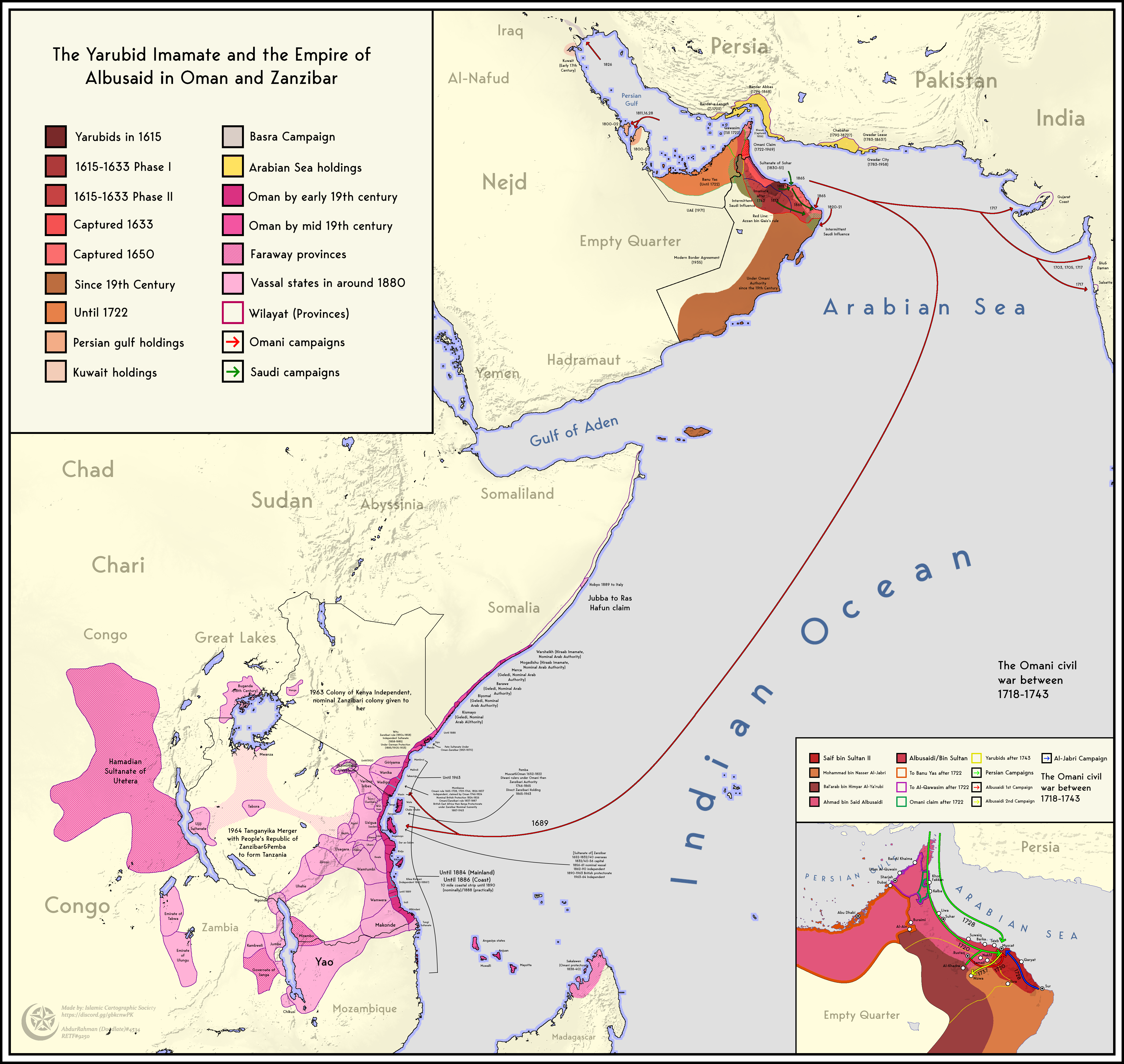
THE BRITISH INFLUENCE
The arrival in 19th century in the Indian Ocean of the British and the Dutch, who by then started their industrial revolution, marked the end of Oman’s prosperity. The country lost step by step all its possession and the British imposed an economical domination over Oman.
The Sultan at several times received the help of the British to maintain the unity of the country and put down rebellions. It happened especially during the “Jebel Akhdhar’s War”, against a background of oil rush.
OMANI RENAISSANCE
1970 Sultan Said bin Taimour Al Bu Saidi, rather conservative, was toppled by its son, His Majesty Sultan Qabous Bin Said Al Bu Saidi, actual ruler of Oman.
The first revenues from oil arrived at the same time and it marked a turning point in the history of Oman.
Sultan Qaboos quickly established peace in the country, putting a stop to the communist rebellion in Dhofar and granting amnesty to the former rebels.
Oman developed the country a way we could now qualify as “sustainable”. The sultan opened his country, to provide it with modern facilities, but ensured that it keeps its traditions. He particularly worked out to develop all the regions to avoid a depopulation of the country side. He supports traditional agriculture. He also and above all developed a good network of public services (hospitals and schools) reaching even rural and isolated areas. The development of road infrastructure follows the same vein: highways are built to link the bigger cities of the country, as well as smaller roads and tracks to serve up to the smaller hamlet. The progress of the country was so stunning that the name of “Renaissance” (in Arabic “Al Nahda”) was given to the reign of Sultan Qaboos.
Qaboos Bin Said Al Said passed away in January 2020 and his cousin Sultan Haithem Bin Tareq Al Said succeeded him. He quickly assessed that he will follow the same path for internal affairs as well as for foreign affairs.

